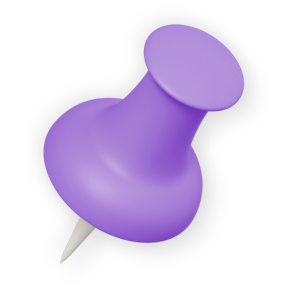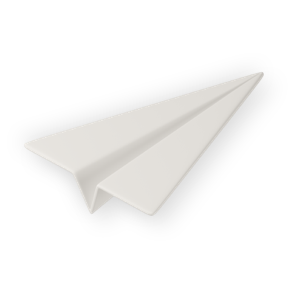Design engineer
Come up with the products of the future, making things that people use everyday more efficient, reliable and useful.
Also known as: product design engineer

About the job
A day in the life – Design engineer
What it's like
You would research and develop ideas for new products and the systems used to make them. You’d improve the performance and efficiency of existing products.
You will need to understand engineering and design principles. You’d use your knowledge of the qualities of materials and of methods of construction and manufacturing to create products that a company can sell and make a profit.
You could work in a wide range of industries, from electronics to synthetic textiles. For example, you might work on the redesign of a mobile phone or work out how to construct motorbike parts from carbon fibre materials. Your role could vary depending on the project.
You would research the product or process. You’d use mathematical modelling to discover whether new ideas and innovations would work and are affordable.
Then you’d turn the research ideas into technical plans for prototypes. You'd use computer-aided design (CAD) and computer-assisted engineering (CAE) software to create the design.
Next you’d use prototypes to test the design. You’d collect and analyse data from the tests and use the findings to make the design better. Then you’d re-test. You might go though this process several times before a product is ready for manufacture or installation.
Throughout the development process you’d write progress reports or do presentations for the project managers and clients.
You’d look at a range of features when developing ideas for a new product, such as:
Usability and safety
Strength and reliability
Its 'look and feel’
Efficiency and cost
Maintenance and life span
You would also have to take into account the environmental impact of the product, how it would be manufactured and how to dispose of it safely when it’s no longer usable.

Hours
You would normally work 37 to 40 hours a week, Monday to Friday.

Environment
Most of your time would be spent in front of a computer, working in a design or drawing office.

Travel
There would be occasional travel to meet clients.
Explore more information about this job
Here are some useful links to learn more about this career:
Like the sound of this career?
Browse courses in Scotland related to 'Design engineer'
Select qualification level(s)
Other careers that you might like
Clinical engineer Ergonomist Robotics engineer Solar design engineer
Related industries
Many jobs can be done in lots of different industries. We've highlighted the ones we think are most important for this job.
Engineering and manufacturing Energy Digital technologies Creative
Top skills
Skills are things you're good at. Whether you know what yours are or not, everyone has them!
It's useful to learn which ones are important in a job so you know the areas you need to brush up on. It can also help you work out if you're suited to a career.
Top specialised skills
These are the top specialised skills that have been found in job vacancies across Scotland. From March 2024 to March 2025.
- 3d modeling
- solidworks (cad)
- product design
- mathcad
- pls-cadd (design software)
- rapid prototyping
- non-classical analysis
- buckling
- prototyping
- induction motor
Meta skills
Here are some of the meta skills you'll need to do this job.
- analysing
- attention to detail
- working with numbers
- problem solving
- evaluating
- innovative
- designing
- creative
- working with technology
- adaptability

Your skills are important
Our unique skillsets are what make us stand out from the crowd. Learn about each skill in depth and discover what employers look for in your applications and interviews.
Getting in
Explore each section to find more information about getting into this career.
Colleges and universities will list subjects you'll need for entry to a course. Some useful subjects include:
Design and Manufacture
Design and Technology
Engineering Science
Mathematics of Mechanics
Skills for Work: Engineering Skills
Foundation Apprenticeship: Engineering
Applications of Mathematics
Foundation Apprenticeship: Automotive
You can get a head start in this career by doing a Foundation Apprenticeship in S5 and S6.
You'll get an SCQF level 6 qualification which is the same level as a Higher. You'll also learn new skills and gain valuable experience in a work environment.
Discover what's on offer at your school on Apprenticeships.scot.
You normally need a degree (SCQF level 9/10) in subjects like product design engineering, mechanical design engineering and computer-aided design engineering.
Entry to a Product Design Engineering degree (SCQF level 9/10) usually requires National 5 qualifications and a minimum of four Highers at BBBC or above (for some courses a typical offer is Highers at AAABB to AAAAAA) or a relevant HNC/HND.
For entry to a postgraduate MSc in Product Design Engineering (SCQF level 11) you will require a relevant honours degree.
Qualifications and experience that demonstrate an understanding of creative design and production and of engineering such as Skills for Work in Creative & Digital (SCQF level 4) or Skills for Work Engineering Skills (SCQF level 4).
Find the right course for you
Browse courses in Scotland related to 'Design engineer'
